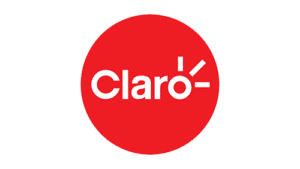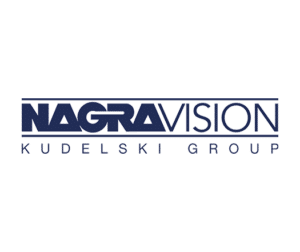Stéphane Le Dréau, SVP & GM, Asia Pacific, NAGRA, explores the topic of content aggregation and how it can help reshape traditional business models and deliver business benefits for consumers, operators and content providers alike.
By Stéphane Le Dréau, SVP & GM, Asia Pacific, NAGRA
I recently joined the “Changing Face of Content Aggregation” event moderated by Media Partners Asia along with a group of industry colleagues from HBO, Canal+ Asia Pacific, iQIYI and M1.
Together we had the opportunity to debate not only what is content aggregation, but more importantly what we’ve learned from it, how it can help reshape traditional business models and how it can deliver business benefits for consumers, operators and content providers alike.
At the outset was consensus that the partnership between content providers and telco or pay-TV operators is both key and mutually beneficial. This suggests that we are no longer in a scenario where telcos are exclusively seen as a distribution channel. This is because they provide both significant reach and a comprehensive business platform to content providers, who in turn can benefit from a targeted yet mutual marketing campaign that can feature promotional bundles to subscribers. It was also highlighted by one panellist how embracing content aggregation very early was key to alleviating customer frustration on accessing both their own services and other streaming platforms – all while increasing customer stickiness.
When talking about how consumers access services from a device point of view, it became apparent that smart TVs are becoming more and more important. Google communicated during their last I/O event that smart TV usage has grown by 157 percent in 2020, and this was also borne out through our conversation as the set-top box is now becoming a less preferred way for operators to distribute and access content. One reason for this, despite Google providing an excellent platform for set-top boxes and offering a fully personalized operator experience, is that there is often a complex integration and distribution effort. This is versus the ease of deployment and access to services on smart TVs available through retail channels.
At NAGRA, we are also experiencing with our customers the transition from set-top box to smart TV, with the latter now powerful enough to replace the former which gives rise to direct-to-TV solutions, such as TVkey Cloud, a solution jointly developed by NAGRA and Samsung. Such solutions provide the best of both worlds: access to content on the Big Screen while recreating the operator experience on a smart TV, including providing a personalized experience that includes deep-linking, universal search and discovery.
Finally, and most importantly, we all agreed that when it comes to the user interface, multi-service aggregation is far from simple, and we must look at how we can bring additional value – not only from a competitive point of view but also for consumers. This is where a comprehensive back-office platform becomes key for the delivery of hyper-personalization where the combined power of big data and analytics provides subscribers with a tailored and personalized experience.
Other approaches that are likely to gain momentum in the months ahead, as the industry updates its aggregation approach, include single-sign-on that can allow operators to bundle all services under a single set of credentials, and advances in the availability of aggregated metadata for all the third-party streaming services being offered. With both these elements available, further opportunities will abound for the seemingly holy grail of universal search and discovery that will provide video service operators with a new set of tools through which to promote, curate and monetize digital entertainment services – either via set-top boxes or via smart TVs.
In conclusion, it is fair to say that while the pay-TV industry has been aggregating content for years based on content acquisition strategies, today’s consumers are orchestrating a change in approach. With consumers demanding a model where they have access to an aggregated view of third-party streaming solutions, it brings new challenges and opportunities for the industry to adopt. And as the industry learns how to harness them, it will drive the industry forward and deliver data-driven, behavior-focused solutions designed to deliver a new level of stickiness for the latest cohort of video subscribers.
If you would like to continue the discussion about how NAGRA’s range of direct-to-TV solutions, video streaming and data-decisioning platforms can help extend your service reach to attract new subscribers, contact us here.























